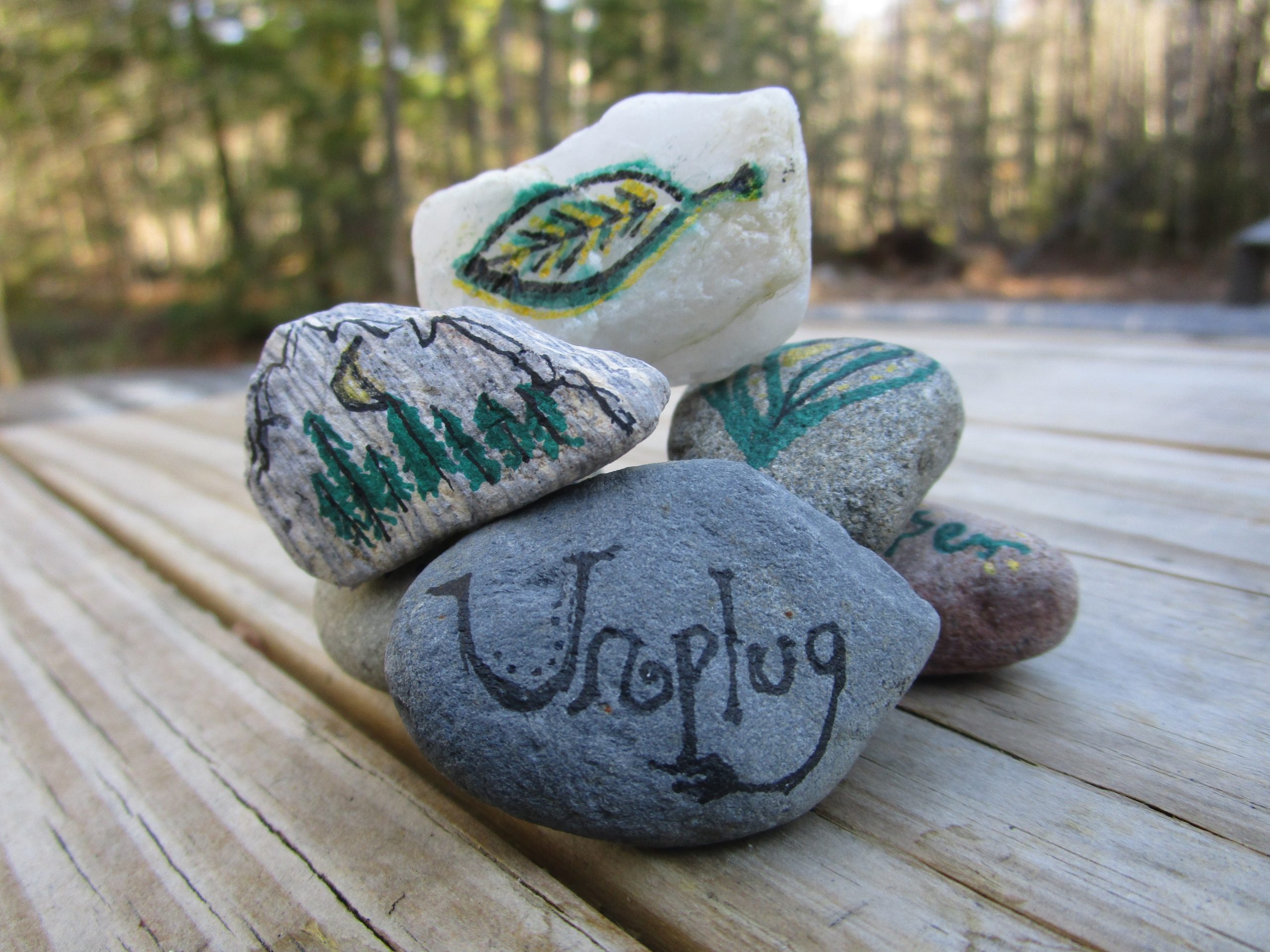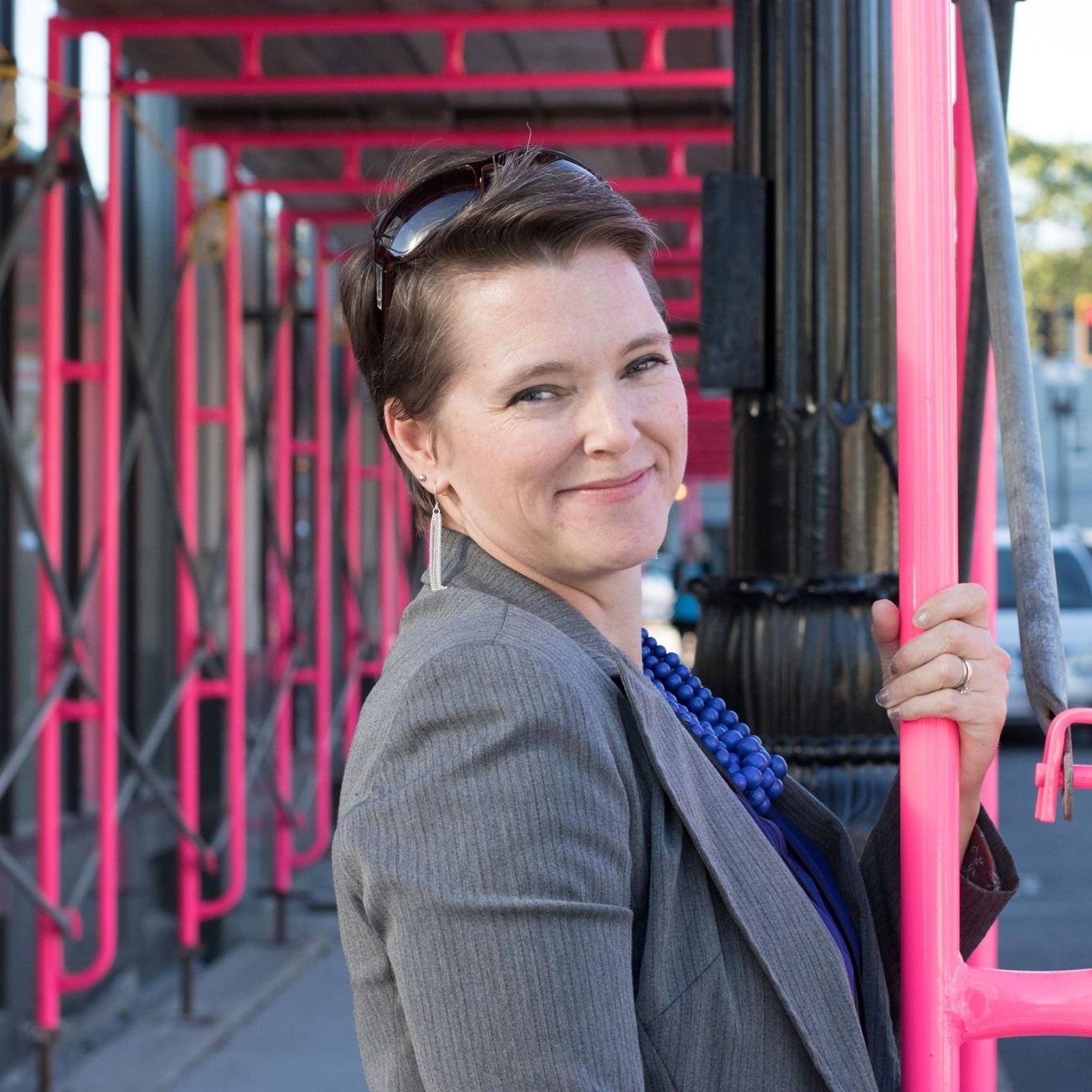Image Source: Katy Spencer Johnson
The great outdoors. A stressed-out social media strategist. One box with a lock. Thus began my 96 hour social media break.
After four years of being “on” as a full-time social media manager. I reached a moment of clarity: I needed to turn it off. I needed to design new coping strategies and expectations for myself as a professional navigating social media marketing.
The average daily social usage worldwide in 2018 was around 144 minutes per day, with the average American spending roughly two hours and three minutes on social per day. Exponentially increase this for social media marketers who are exposed to the best and worst of content, language, and society.
During the age of COVID-19, social media engagement has increased. According to Sprout Social, Incoming engagements increased on average by 44 engagements per day across all networks and industries during March and April 2020. On a per-post level, they also increased by about 7.3 engagements per post per day despite a decline in posts of nearly 2 a day across platforms. More engagement translates to more work for marketers, even as we scramble to rebuild strategy and advertising spend.
Now more than ever it’s critically important to remind ourselves as social media strategists, marketers, and digital creatives to hit that pause button on occasion.
In response to an increased stress level, I booked a Getaway outpost, i.e. cabins in the middle of nowhere. If you are not familiar with Getaway, they are furnished, super environmentally friendly cabins that have electricity and basic amenities.
Glamping (Glamour Camping) without wifi. A company that truly supports unplugging. They literally wrote a book for over stressed, nature starved folks unsure how to unplug. This blog is in no way shape or form sponsored by Getaway however, the experience was wonderful.
Why did I choose this vacation to correspond with a social media break as a busy social media strategist? The ability to lock my phone in a box and turn off all facets of social media was extremely appealing and would also ensure that I wouldn’t relapse into social media management in the woods.
Could you take a social media break at home without venturing into the wilderness? Of course.
A scheduled vacation was a chance to communicate with my employer that I was truly unavailable, and not the unavailable that means you only check your phone every other hour or are open to random work calls.
Personally, this was a signal to myself, a permission slip to turn off my phone, my brain, and my constant consumption of content and brainstorming strategies for social media. It was important for me to define this social media pause as a break, not as a detox. Detox implies that social media is more harmful than good.
What were the lessons learned during a before, during, and after a social media break?
Before the Social Media Break
- You can actually take a social media break. It is absolutely critical to turn social media off every once in a while, even as social media strategists. It will help with mental health, creativity, and innovation. Literally recharging your social media manager batteries.
- Planning Makes Perfect. A social media break is not something you can just announce as a social media manager, especially if you are a team of one. You can put logistics in place and schedule content in your absence. Review your posts if scheduled to determine the risk of content being incendiary to audiences. Naturally, you shouldn’t be sharing that content anyway. Check your scheduled advertising through a lens of “can this live without moderation?”
- Manage Community Expectations. While your audience may expect the immediacy of a response on social media, you can create a pinned post that clarifies your availability, offers resources for support in your absence, or even automated messaging (I know we all hate automation in the age of genuine communication).
During the Social Media Break
- Expect Phantom Phone. I literally checked my pockets several times a day. I took off my Smart Watch and locked up my phone, but still found myself looking for it. This reinforced for me how much of a subconscious habit I had in looking for and checking my technology.
- Find the difference between Documentation and Storytelling. We are intrinsically storytellers. We tell stories professionally. We are always on the lookout for our next piece of content and saying, “that photo that will be perfect for social”. However, I found that I was still a storyteller regardless of medium or technology. I wasn’t “doing it for the (Insta)gram” but for myself to document memories, record stories, and share my unique outlook on life. That did not change even when I had a lack of technology at hand.
After the Social Media Break
- You can incrementally detox. Put your phone on silent. Carve out an hour for creative time or taking a walk. You do not need to go big or go home with the social media break.
- Set Realistic Goals Post Detox. How often would you like to take a social media break? I left Getaway saying I would take a day off a week where I would not check my phone, a metaphorical locking my phone in a box weekly. This did not happen. It just wasn’t realistic. Ask yourself what is realistic given your organization’s need, the expectations on your role, and your own responsibilities.
- Listen to your Mental Health. We are exposed to an inordinate amount of content as social media managers and marketers. As brand managers, we are subject to brand bullying, hate speech, and disgruntled complaints, high expectations, and the expectations of immediacy, answers, and thorough customer service. This can take a toll, especially as an anonymous social media brand manager. Develop coping strategies and adapt them continually to demands.
- The importance of boundaries. In a world that is constantly on, in a profession that is accessible, and expected to be engaged, know what your boundaries are, and enforce and reinforce them.
- Social Media Management is a Team Sport. While there are many social media managers that are a team of one, that often hold other responsibilities, social media is often an “other duties as assigned” role. Seek support, build a network of advocates in your organization, train for cross-coverage, and build your support network of fellow marketers. The NISM community is a perfect example of a community you can work with for support. Your support system and the ability to take a break will reduce the risk of digital burn out.
References:
The Mental Health Effects of Being a Social Media Editor – VICE
Managing your mental health while working in social media
Global time spent on social media daily 2018
Battling burnout as a social media manager
How COVID-19 Has Changed Social Media Engagement
Author: Katy Spencer Johnson, SMS
Katy Spencer Johnson is Social Media Strategist, Digital Marketer, Communications Specialist, Presenter and Author from Boston, Massachusetts; most recently working in higher education. Katy is enamored with social media strategy, the written word, and tailored messaging regardless of the platform. As a former acquisitions editor and non-profit social media manager, Katy has built a career supporting content with context and community. Katy can be found on Twitter LinkedIn and Instagram at @katyb_spencer.



0 Comments